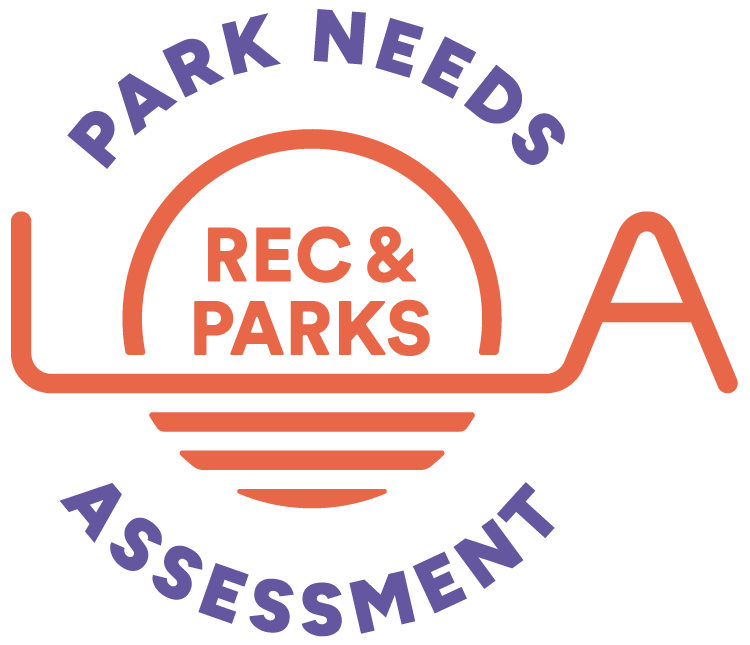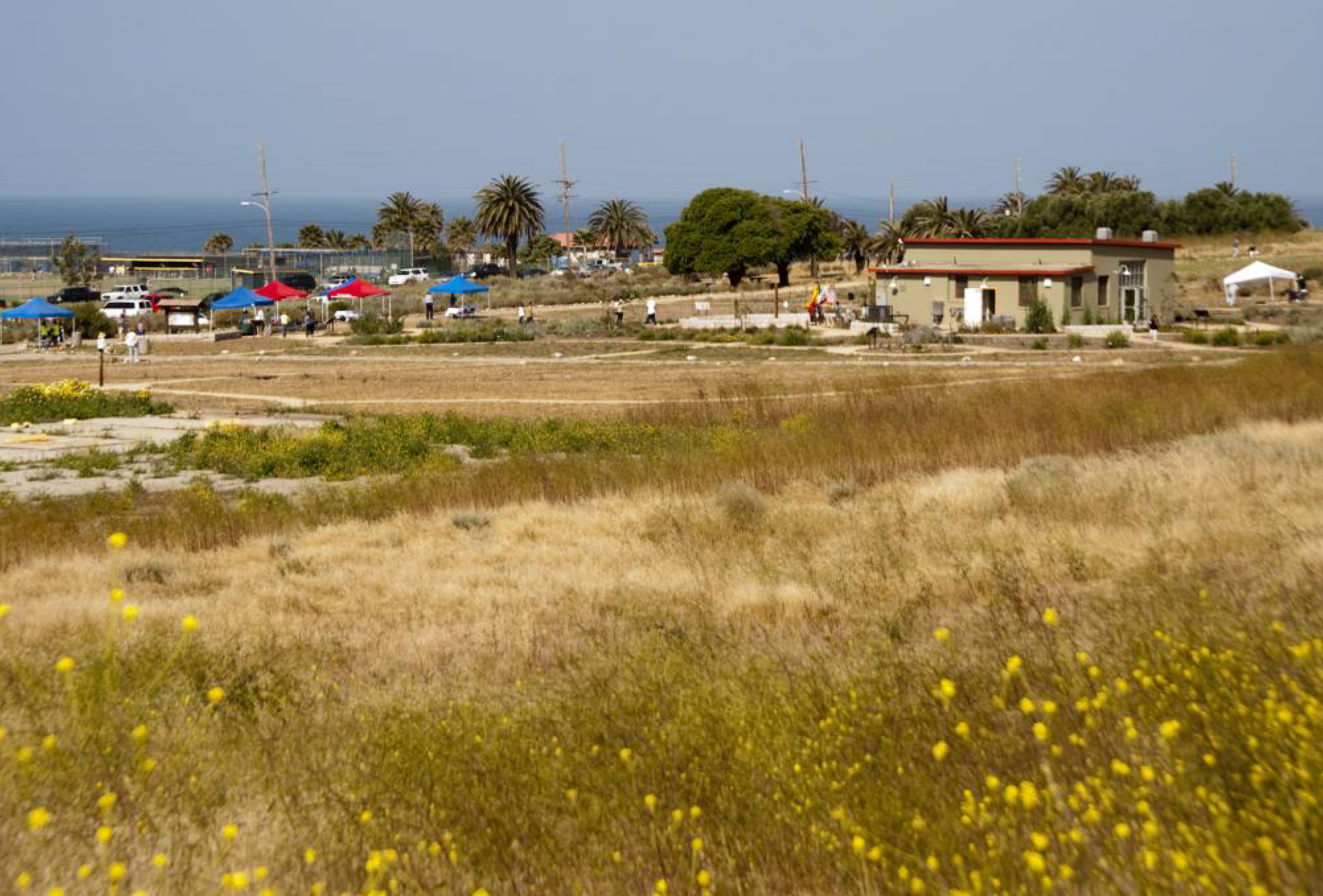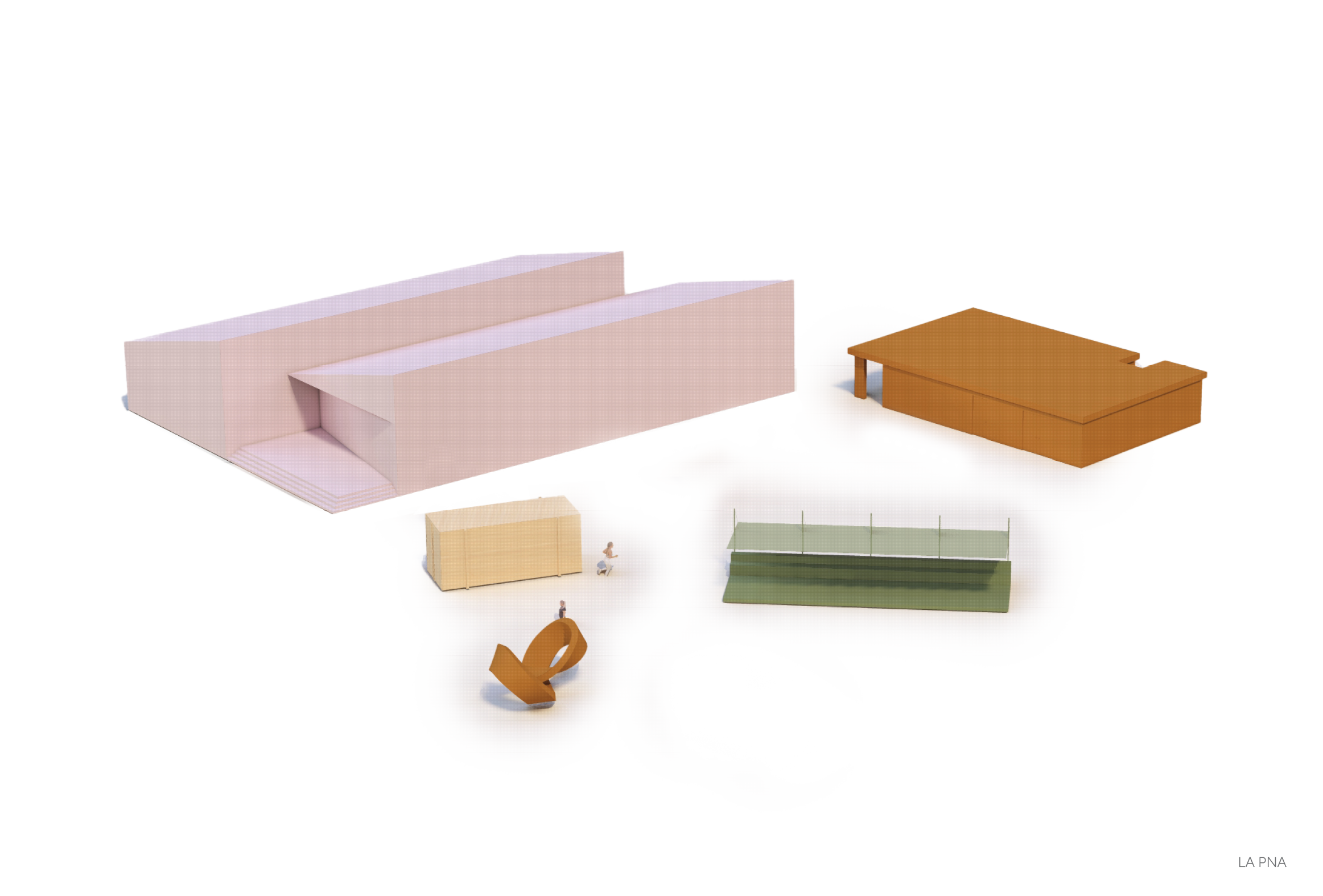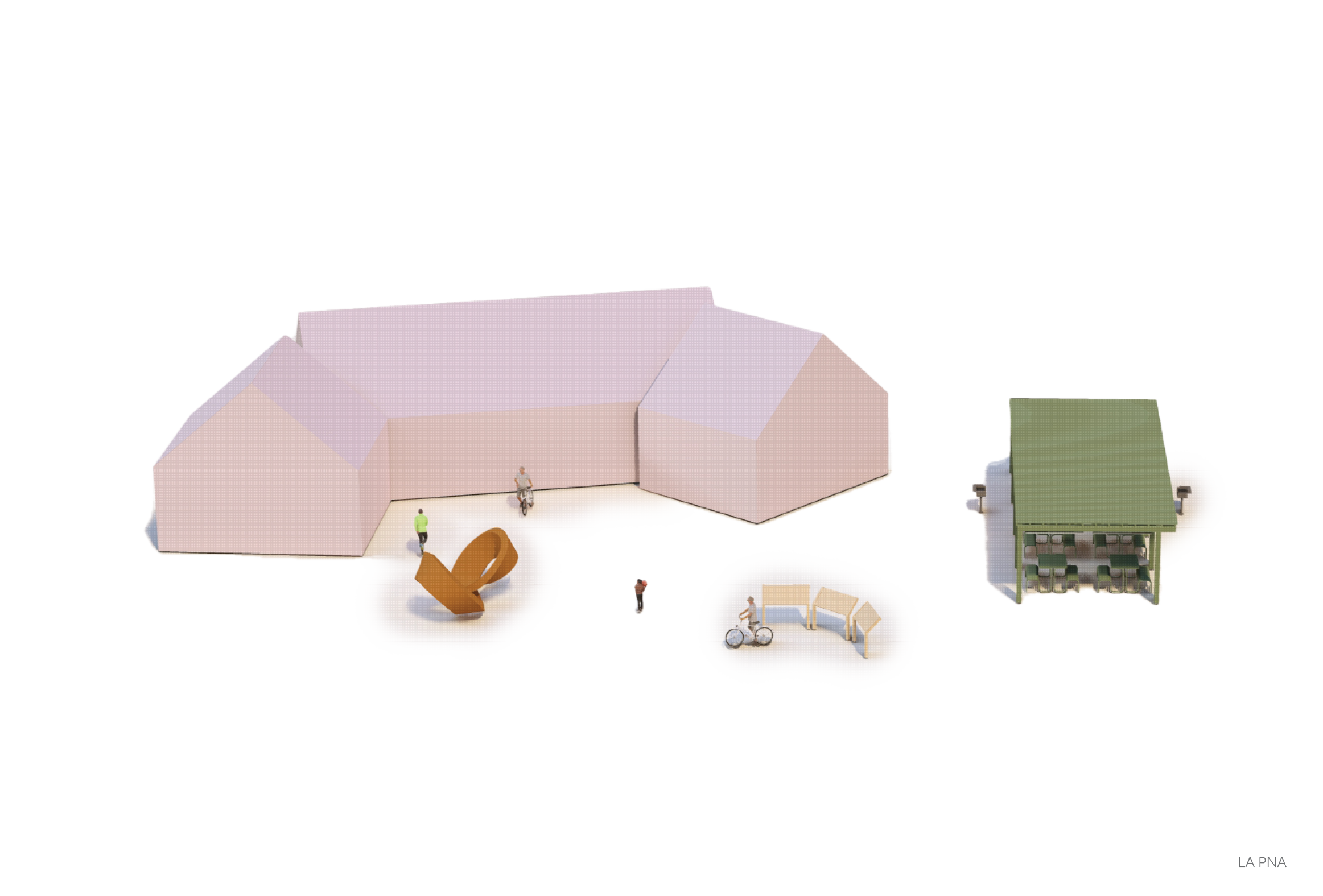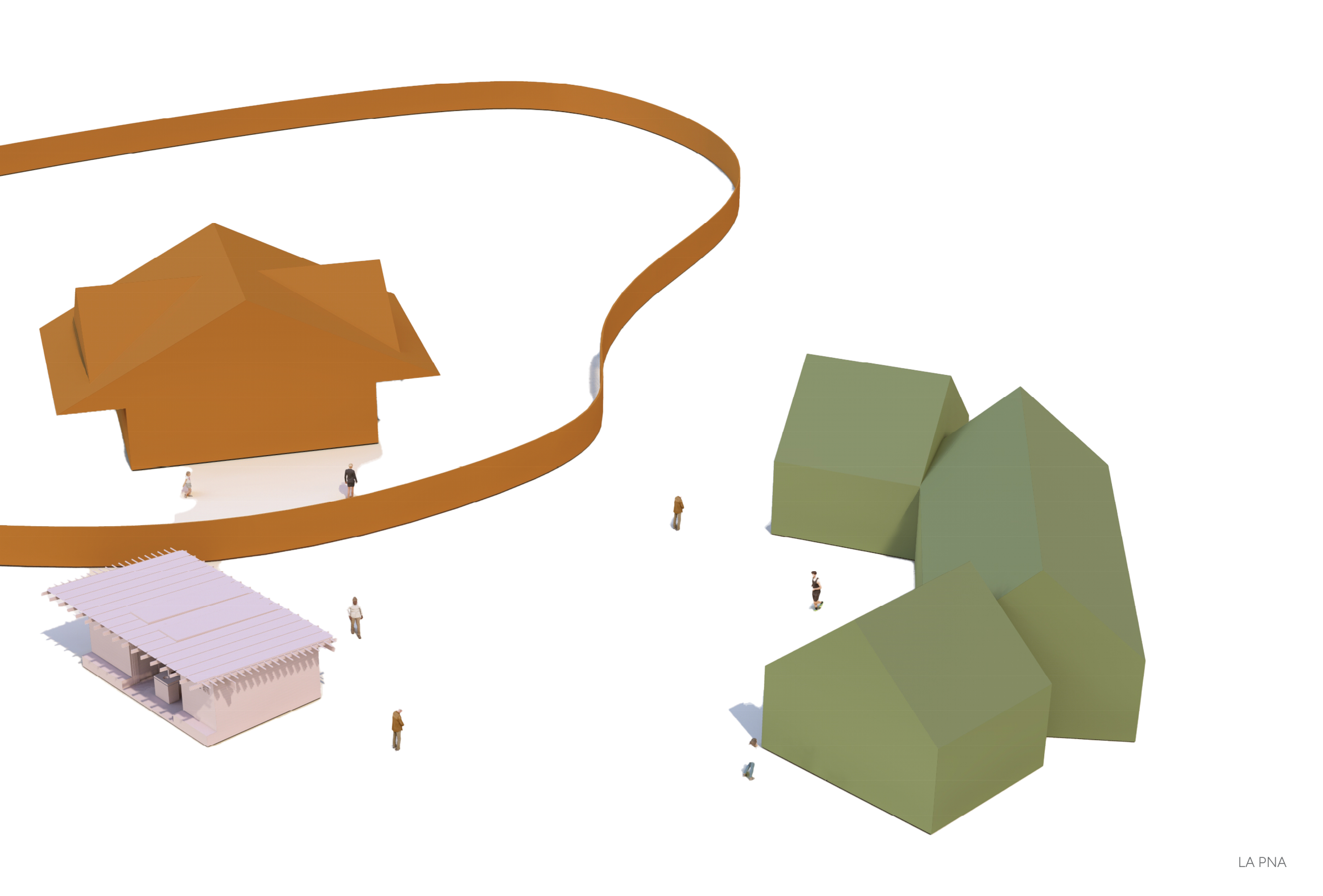Regional nature parks are large protected areas recognized for their significant natural features, serving residents across the city. Unlike other regional parks that may include more recreational amenities, their primary emphasis is on conserving unique ecosystems, biodiversity, and cultural landscapes. These parks typically have extensive hiking trails and promote nature-based recreation and environmental education.
Typical Size
40+
Typical Length of Visit (Hours)
1–4
Typical Access
Regional nature parks should be accessible through trails, sidewalks, major streets, and public transit. Like other regional parks, they should include on-site parking and may have limited access points due to natural features.
Typical Amenities
Infrastructure
Typical Architectural Elements
Guidelines for Regional Nature Park




























Zones
Casual Use Areas
Zones
Natural Systems
Wayfinding
Gateways (Primary & Secondary)
Wayfinding
Gateways (Primary & Secondary)
Wayfinding
Gateways (Primary & Secondary)
Wayfinding
Gateways (Primary & Secondary)
Wayfinding
Gateways (Primary & Secondary)
Wayfinding
Gateways (Primary & Secondary)
Wayfinding
Gateways (Primary & Secondary)
Wayfinding
Gateways (Primary & Secondary)
Infrastructure
Safe Crossings
Infrastructure
Safe Crossings
Infrastructure
Safe Crossings
Infrastructure
Safe Crossings
Infrastructure
Safe Crossings
Infrastructure
Safe Crossings
Infrastructure
Safe Crossings
Infrastructure
Safe Crossings
Infrastructure
Transit Stop
Infrastructure
Comfort Facilities
Infrastructure
On-Site Parking
Infrastructure
Bike Parking
Infrastructure
Shared Parking
Infrastructure
Transit Stop
Abundant and varied seating serves wide range of usersWayfinding signage orients visitors and connects trail networksEnvironmental education centerParking and restroom facilities supports park usersNative tree planting provides shade and supports local ecosystemMultiple gathering areas of different sizes serve diverse user needsLIBRARY/CHILD CAREAccessible corridor to Child CareMulti-use zone with seating and shade structures for eventsNatural area buffers street edge
Context
Streetscape Enhancements
Connectivity
Internal Walking Trail
Connectivity
Loop Trail
Connectivity
Safe Routes / Passages
Wayfinding
Universal Wayfinding Signage
Infrastructure
Regional Water Partnerships
Infrastructure
Accessible Van Parking and Drop-Off
Connectivity
Trail Connection
Connectivity
Street Grid Connectivity
Design
Context
Connectivity
Wayfinding
Infrastructure
Zones
Architectural Elements
Guidelines for Regional Nature Park - Architecture
Architectural Recipe
(1-3) Small Elements + (1-2) Medium Elements + (1) Large Element
